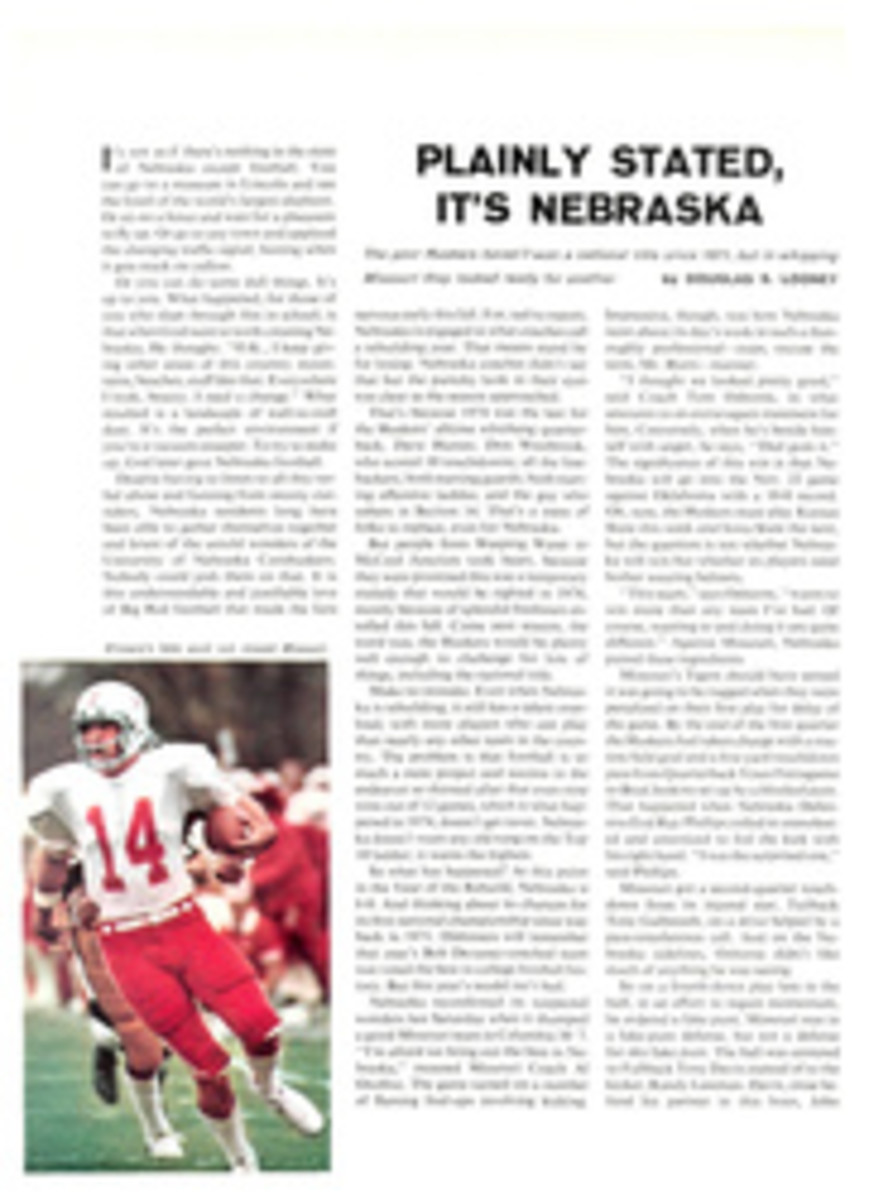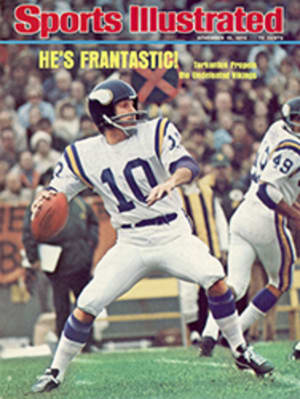
DID THE CRASH OF A STANLEY STEAMER IN 1907 INFLUENCE U.S. FOREIGN POLICY?
It is entirely possible that a little gully on a Florida "beach 68 years ago had a weighty influence on America's current foreign policy and environment. As of Jan. 25, 1907 the American people were still undecided about what kind of automobile they wanted. The industry was in its formative stages, with a variety of models on the market, including cars powered by gasoline, steam and electricity. From the beginning, the limitations of the electric automobile were all too apparent, but advocates of steam and gasoline vehicles debated, sometimes genially and often furiously, the merits of their favorites.
Both engines had advantages. Perfected by twin brothers, F.E. and F.O. Stanley, the steamer was a quiet and smooth-running automobile. It also was capable of extraordinary speed and acceleration. To the astonishment of a large crowd at a race in Detroit on Oct. 11, 1901, a steamer hit 30 mph and won the five-and 10-mile events. Thereafter, steamers won so regularly that they were sometimes banned from races with gasoline cars, despite the fact that competition was supposedly open to all autos of the same price range. (The ban was unofficial and inconsistent. Racing drivers had learned that Stanleys did less well when the distance was more than five miles. They were at their best in short distances.)
After establishing several speed records with their passenger machines, the Stanley brothers designed and built a car specifically for racing. Shaped like an inverted canoe, painted red and dubbed "Wogglebug" by the press, the racer made history in January 1906 by covering a mile in 28[1/5] seconds—an average speed of 127.659 mph.
In addition to being fast, the steamer was a simple machine. "Our present car is composed of but 32 moving parts," the Stanleys said in their 1916 catalog, "which number includes front and rear wheels, steering gear, and everything moving on the car, as well as the power plant. This is about the number of parts contained in a first-class self-starter. We use no clutch, nor gear shifts, nor fly wheels, nor carburetors, nor magnetos, nor spark plugs, nor timers, nor distributors, nor self-starters, nor any of the marvelously ingenious complications which inventors have added in order to overcome the difficulties inherent in the internal-explosive engine and adapt it to a use for which it is not normally fitted."
The Stanleys also could have stressed the nonpolluting nature of their steamer. Not only did it not foul the air with unburned hydrocarbons, but it produced little or no noise. And it was capable of using fuels, such as kerosene, alcohol, coal gas and even coal, that were much cheaper than gasoline and more readily available.
On the other hand, operation of the steamer often could be troublesome, especially before the addition as standard equipment of a condenser permitting the vehicle to re-use its water supply. Until that step was taken, steamer owners had to carry a hose with them in order to raid horse troughs every 40 or 50 miles.
The biggest problem that confronted steamer manufacturers was fear. Americans had been through nearly a century of boiler explosions on boats and locomotives, and were extremely wary of high-pressure steam systems. The fact that early steamers trailed a light vapor as they moved along, giving the impression that the vehicles were already on fire or were smoldering preparatory to a massive explosion, did not build public confidence. Nevertheless, by 1907 the steamer had become a favorite of President Teddy Roosevelt and was making steady if not spectacular headway in the safety department. So close was it to winning acceptance that even the most avid partisans of internal-combustion engines would not have dared to predict its imminent demise.
Then came the international speed trials at Ormond Beach, Fla. on Jan. 25, 1907. Expecting a new record, an unusually large crowd turned out to view such vehicles as the first Rolls-Royce entered in a U.S. race and, of course, the Wogglebug with ace driver Fred Marriott at the tiller.
Gradually warming up his car for the record run, Marriott made two dashes along a mile section of beach, the first in 32 seconds, the second in 29⅗ less than a second and a half slower than his world record.
On his third run, Marriott hit the starting line at full throttle and shot up the beach. Although running against the wind, the steamer's speed was approaching 150 mph when the accident occurred. "He was nearly out of sight, being almost at the end of the mile, when the machine upset," wrote a reporter in The New York Times.
No one knew exactly what had happened. Those nearest the car agreed that the hood appeared to come loose—"seemingly lifted by the wind while the front wheels were so tilted upward that they did not strike the sand of the beach by several inches.... The tubing broke and the car was enveloped in a cloud of steam."
By the time spectators had raced up the beach to the scene of the accident, a Rolls-Royce had arrived and Marriott had been picked up, "his face covered with blood and lying insensible across the laps of two men in the rear seat.... He was found well up on the beach, while the round boiler, four or five times the size of a cheese box, was rescued rolling around in the ocean. When the car broke in two it dropped the boiler as it did Marriott.... The debris was thrown into two piles, over which hundreds of amateur photographers hovered like seagulls and many souvenirs were carried away...."
The Stanleys later argued that a gully in the sandy beach caused the racer to rise, but they accepted blame for their flat-bottomed design, which, even if the gully was responsible for the steamer's take-off, contributed greatly to its becoming airborne.
Although Fred Marriott survived the accident by more than half a century, the American public and the Stanley brothers were greatly discouraged. The twins never again used their automobiles for racing. The public, its fear of steam propulsion revived, leaned more and more to the gasoline engine, a preference that was clearly established within a decade. Although the Stanleys continued producing cars until 1927, those ripples in the sand at Ormond Beach effectively ended their dream of a steam-powered society that might have left us today with an environment relatively free of noise and air pollution and a foreign policy less vulnerable to the pressures of oil-producing countries.

